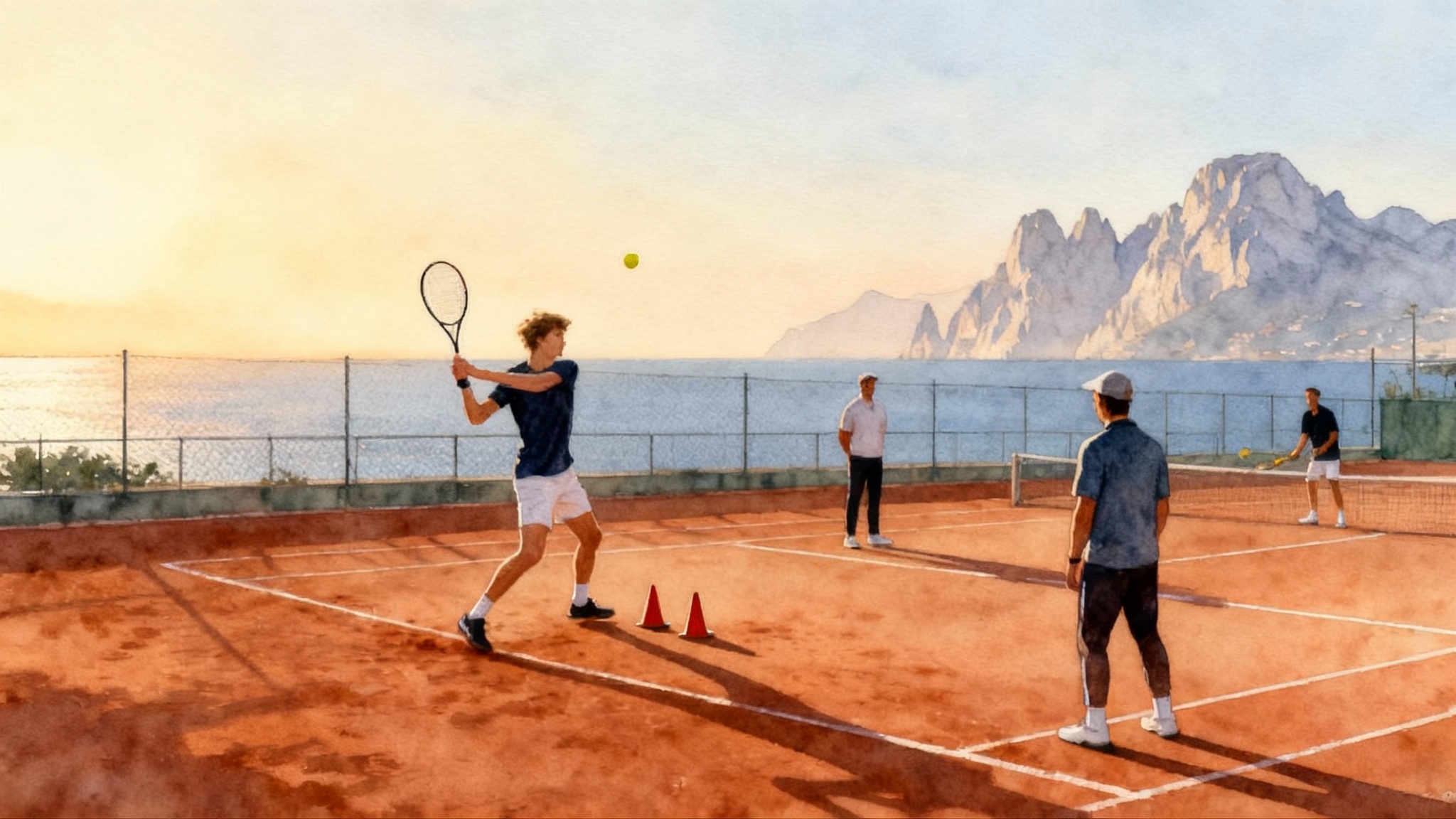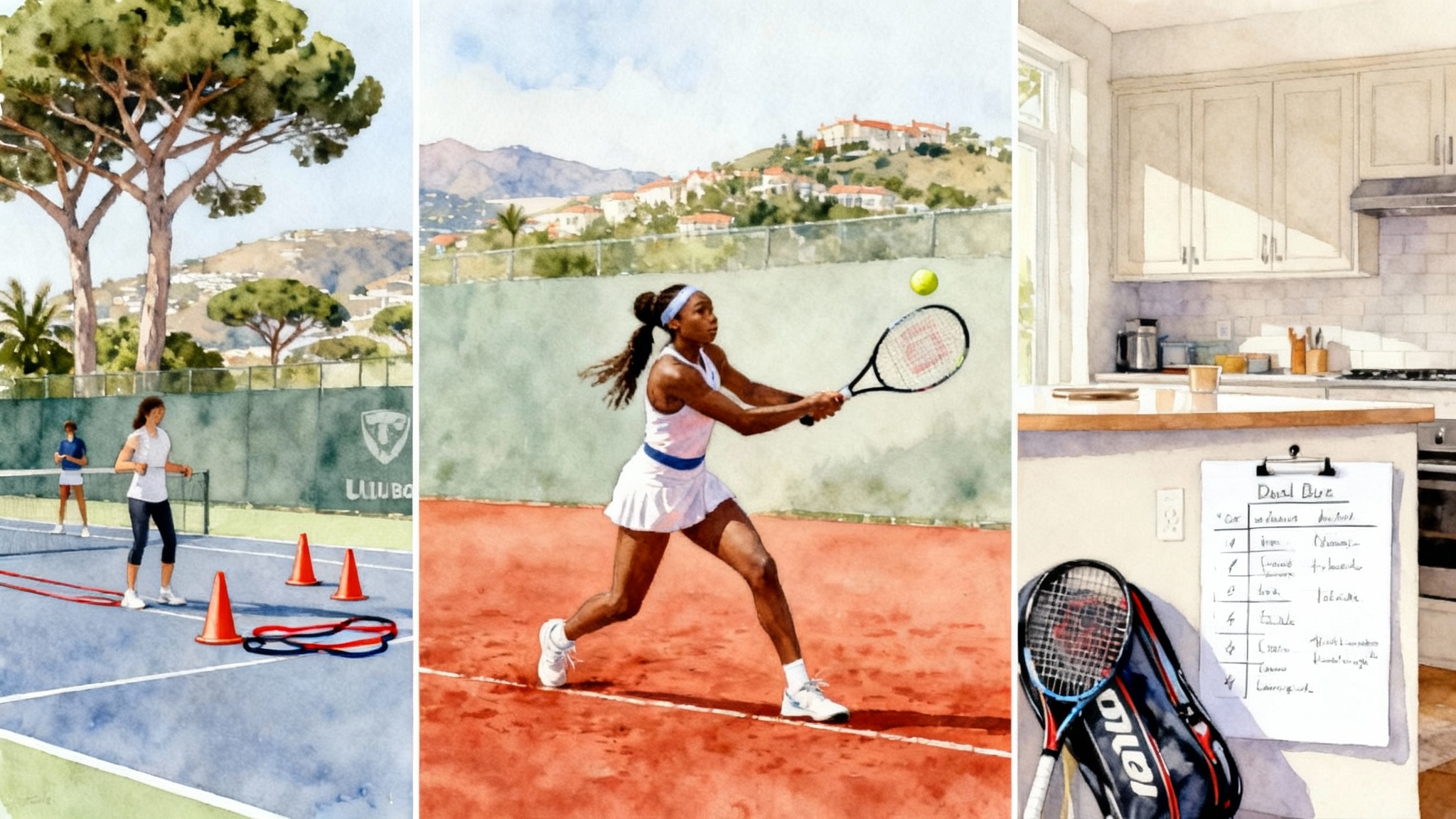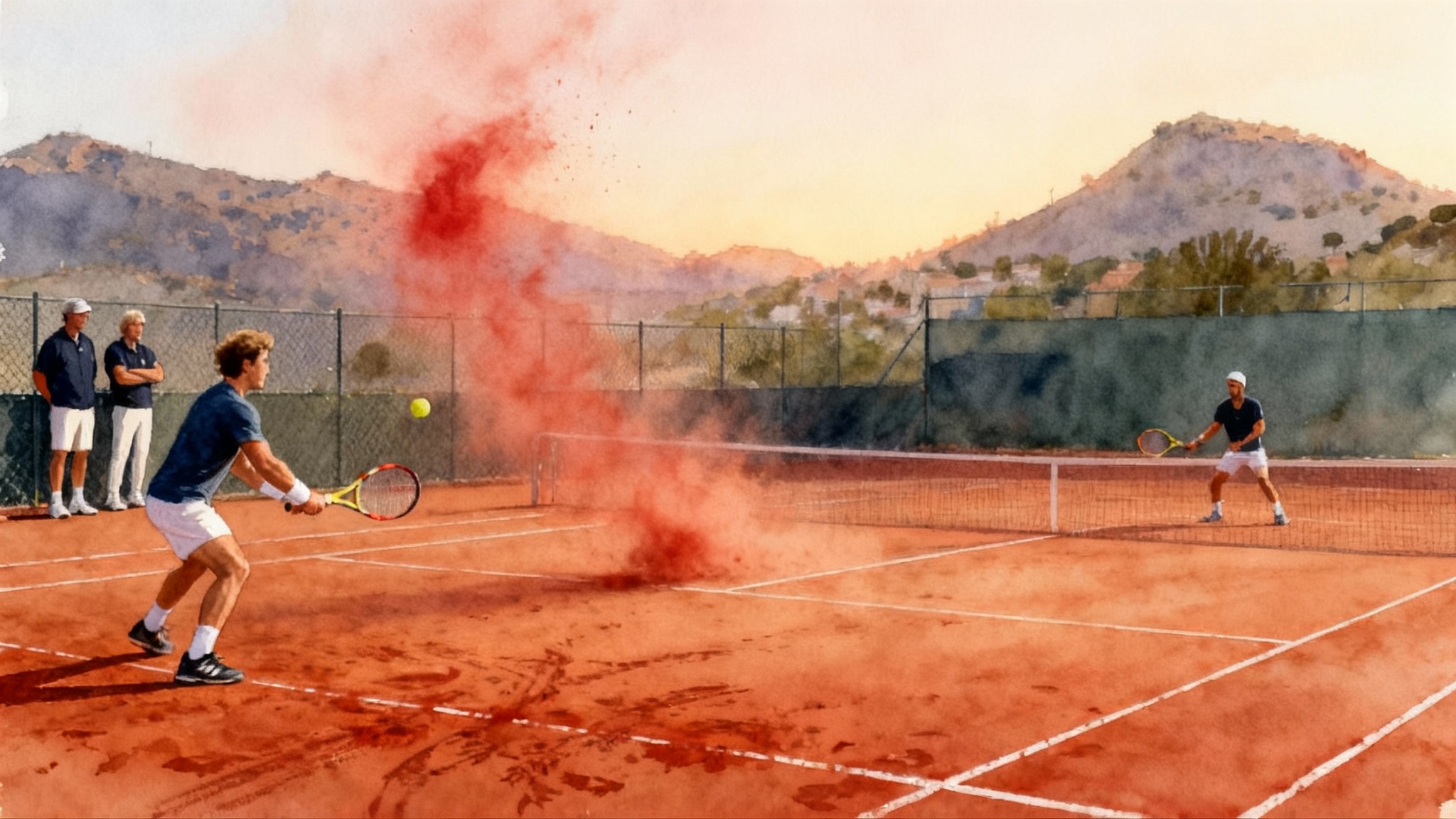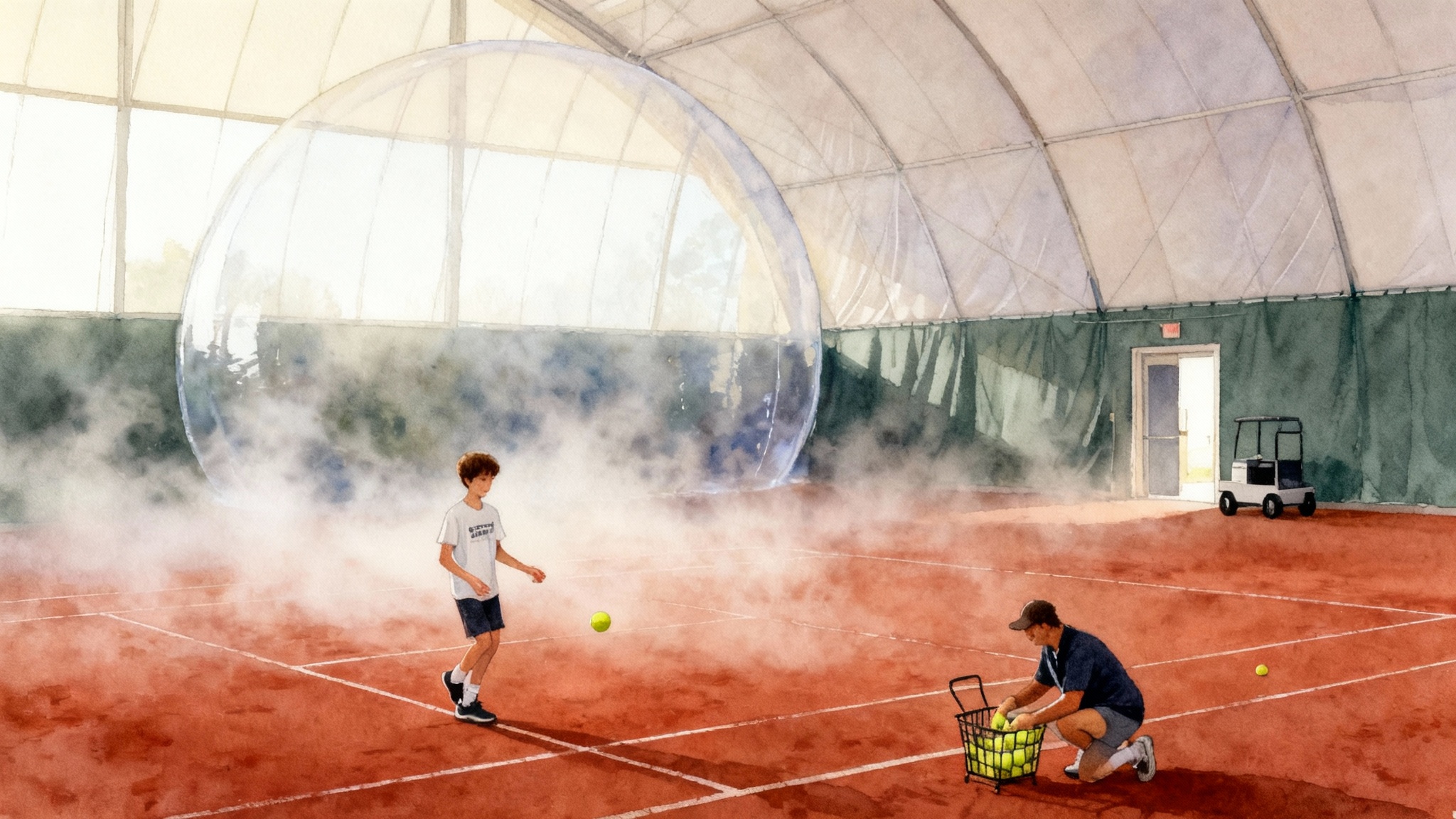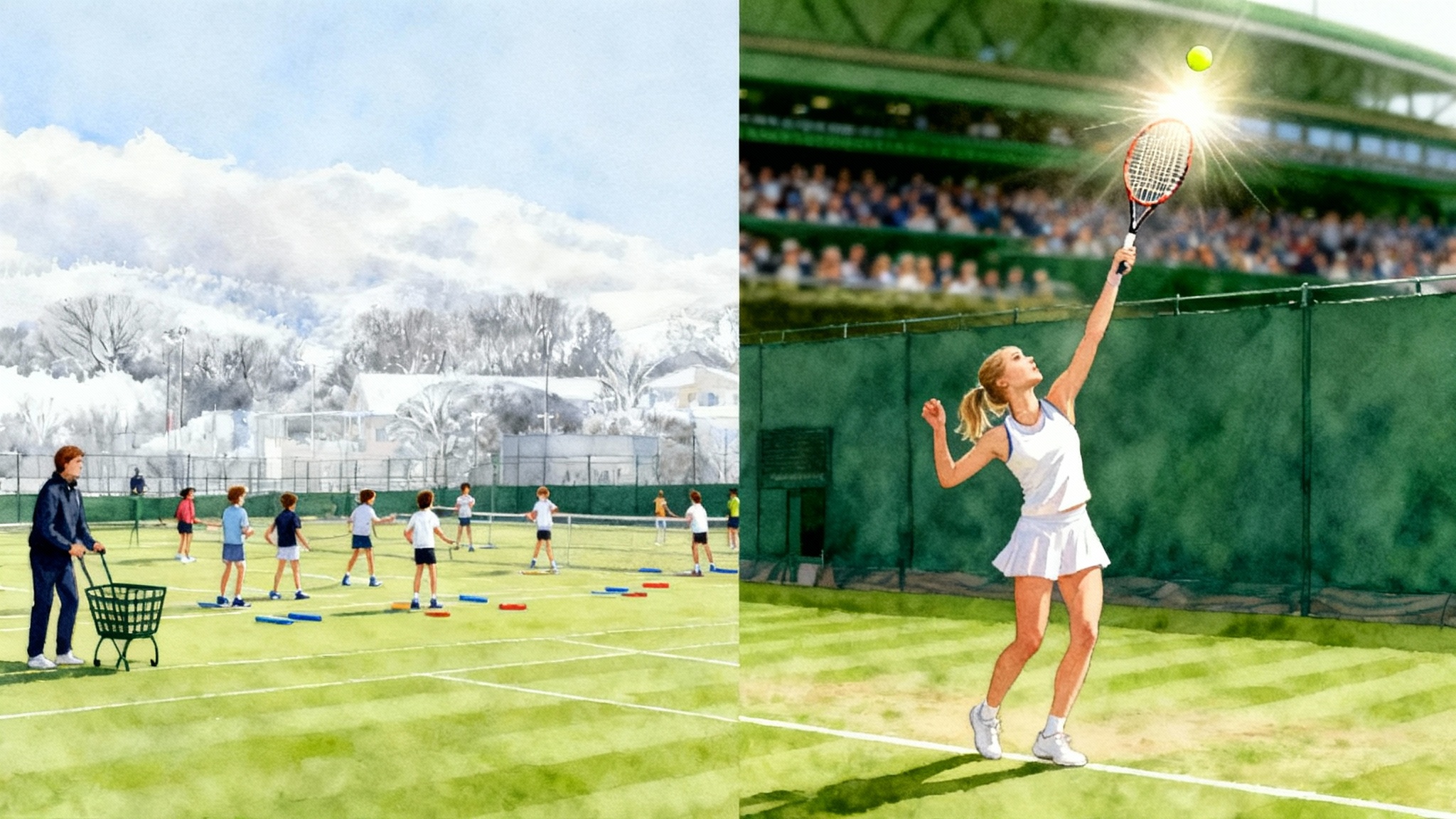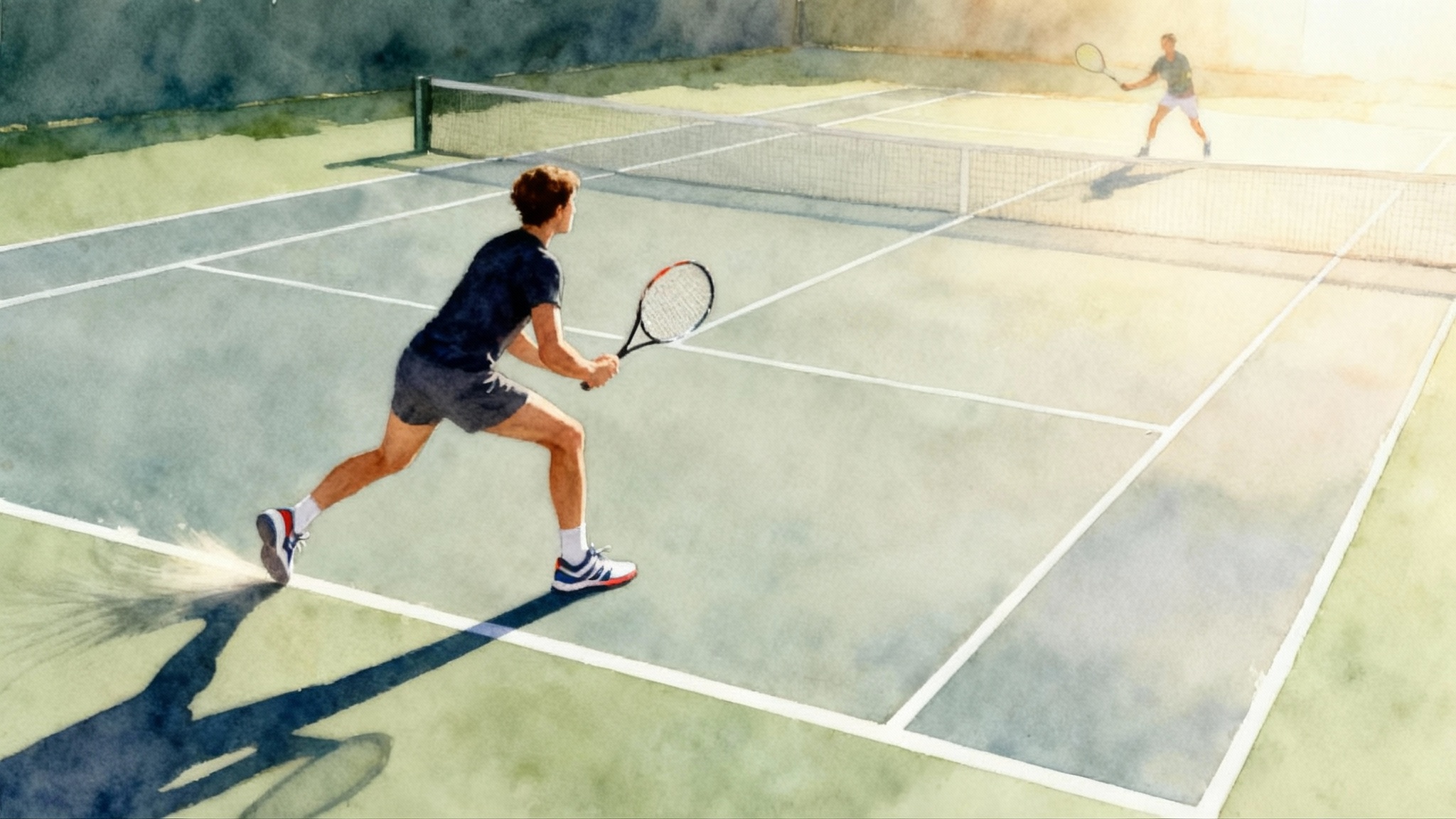From Sochi to Cannes: Elite Tennis Center and Andreeva’s Surge
A family leaves Sochi for Cannes in 2022, plugs into Jean-René Lisnard’s Elite Tennis Center, and two seasons later Mirra Andreeva is making deep runs at majors and winning a WTA 1000. Here is the playbook parents and players can copy.
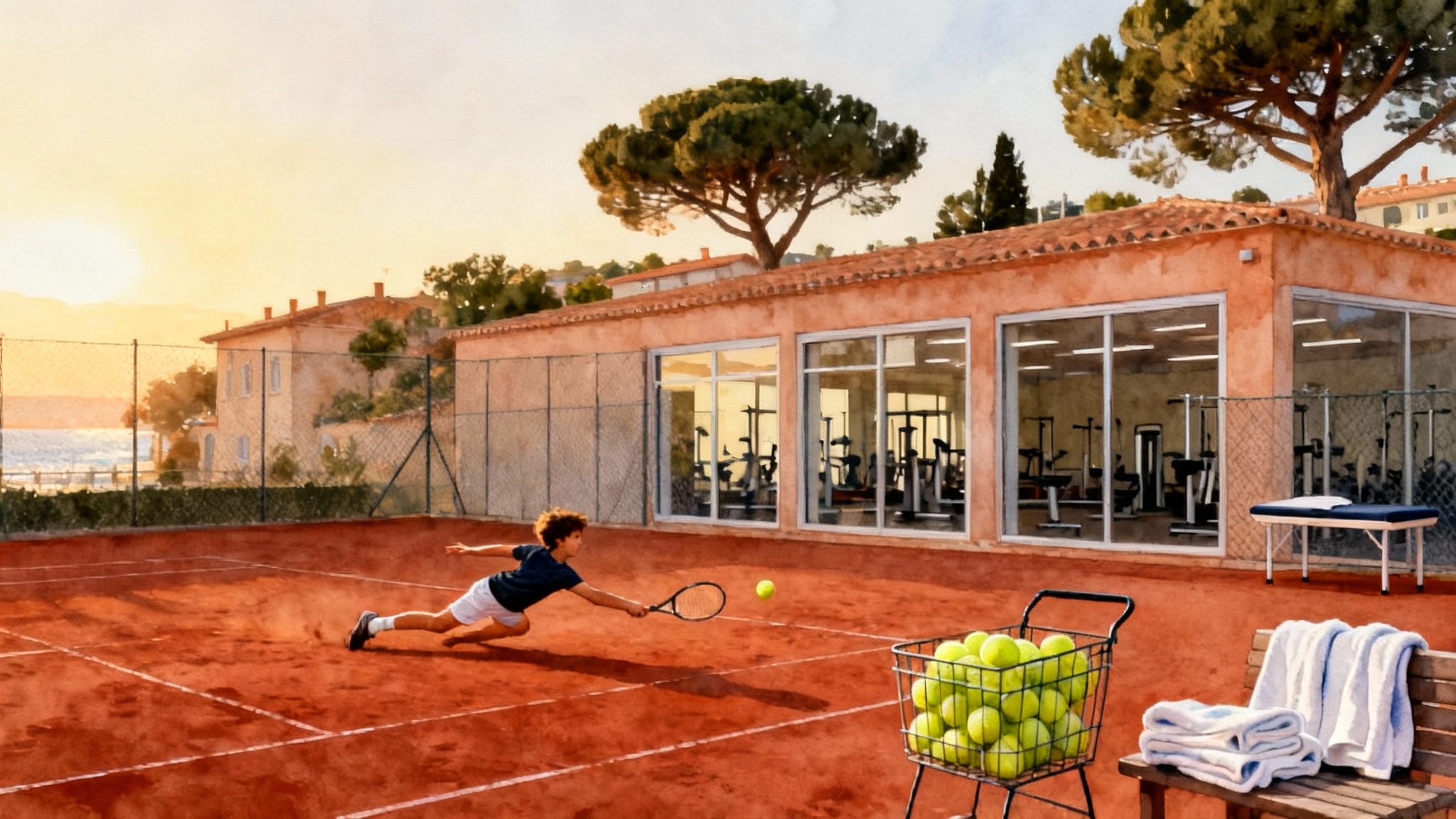
The move that changed the map
When Mirra Andreeva and her family weighed where to base her teenage years, they faced a real fork in the road. Stay within the comfort of Sochi or chase daily battles with older, stronger players in a pro-style environment on the French Riviera. In 2022 they chose Cannes, joining Jean-René Lisnard’s Elite Tennis Center. That decision did not just change Mirra’s address; it changed the speed of her development. Public profiles and tournament coverage confirm the family’s timeline and choice. See the Roland-Garros feature on Andreeva for the move, the coaching setup, and why Cannes became home.
If you are a parent or a junior coach, this first point matters. Location is not a postcard. It is a calendar. From Cannes, a teenager can reach dozens of European events by car or short flight, spar daily with a deep bench of high-level hitters, and live on clay for most of the year while keeping access to indoor hard courts when weather turns. The family did not just buy training hours. They bought density: more quality touches per week against better players with fewer logistical gaps. For other case studies in smart relocation, compare the choices behind Piatti Academy forged Sinner and Mouratoglou and USTA Boca built Coco Gauff.
What a pro-style academy really provides
Elite Tennis Center feels less like a junior club and more like a compact training campus designed around the rhythm of a full tour week:
- Multi-surface training: red clay outside, Greenset hard courts, and indoor courts to keep the schedule intact when rain arrives. Greenset rewards clean footwork and helps players develop true neutral-ball tolerance. See how footwork underpins decision speed in split-step mastery.
- Integrated physical and medical support: an on-program fitness room, access to an athletics track, and a dedicated physio and recovery hub where a teenager learns not just how to lift but how to manage load, treat niggles early, and return to full practice safely.
- Two-per-court coaching: most sessions run with two players per court per coach. That ratio matters. It raises ball volume while allowing live, specific feedback.
- Match-play blocks: coaches stage heavy internal matches several times per week, often with older pros stopping through. It is a built-in proving ground, not just a drill factory.
- Year-round structure: open almost all year with consistent scheduling so that training rhythms survive holidays and weather.
- Living logistics: boarding options nearby and a consistent meal plan. That keeps energy focused on training and school.
A typical in-season day for a 16-year-old with a strong project might look like this:
- 07:15 mobility, activation, and a short heart-rate ramp
- 08:00 to 10:00 tennis on clay, focusing on two rally patterns and serve placement
- 10:30 strength and prehab; tissue work if needed
- 12:00 lunch and a 30-minute nap or quiet time
- 14:00 to 16:00 tennis on hard, finishing with 30 minutes of serve plus first ball
- 16:30 recovery protocol: cold water, snack, physio check
- 17:15 school block or tutoring; light homework
- 20:00 team dinner and next-day briefing
That is not glamorous. That is repetition with supervision. The power is in the compounding: different surfaces within one day, a measurable fitness load, and constant micro-corrections before bad habits stick.
Clay first, variety always
Cannes accelerates a clay-first education. Clay is a teacher that forces points to be built, not just hit. You learn to defend, reset, and change height, and to view the drop shot and the high, heavy ball as tools rather than surprises. Players who master clay at 14 or 15 often transport those patterns to hard courts with a few adjustments in contact point and court position. Grass then becomes an exercise in trimming the backswings and taking the ball earlier, not a complete reinvention.
At Elite Tennis Center, a teen can log a morning on clay and an afternoon on hard, then rotate indoors for serve mechanics if wind picks up. That multi-surface oscillation is like learning two languages in the same semester. Each one sharpens the other. The goal is not to be a clay specialist; it is to become a decision specialist who can translate.
The match runway: internal battles to public breakthroughs
Inside a good academy, match play is not a reward. It is the curriculum. Coaches seed short-format sets on Tuesdays and a heavier block on Fridays that mimics a tournament’s pressure points. They track break-point conversion, depth on rally ball four, and neutral-to-offense transitions per set. The goal is to turn outcomes into operations.
Mirra’s public results tell the story of those internal repetitions paying interest. After her 2022 move, early ITF events gave way to big-room tests in 2023. The Madrid run that spring signaled she was comfortable trading with top 50 rhythm, and by June 2024 she was in the Roland-Garros semifinals at 17 after outlasting Aryna Sabalenka. Eight months later, on February 22, 2025, she won Dubai, a WTA 1000, and entered the top ten. The headlines are eye-catching, but the throughline is more instructive: she was not skipping steps; she was compressing timelines.
For families, the mechanism matters more than the medals. The internal academy ladder, being the one who loses 3 and 3 to an older pro in January and beats that same hitter 4 and 4 in April, is the best predictor that touring-level breakthroughs are near. Tournaments then become confirmations, not surprises.
The 2024 to 2025 pivot: when an academy gives way to a bespoke team
Academies are ecosystems, but pro careers are kitchens. At some point a player needs a head chef. After two years in the academy system, Mirra’s camp brought in Conchita Martínez, the 1994 Wimbledon champion and a proven tour coach, for a dedicated role. Martínez had previously guided Garbiñe Muguruza and worked with Karolína Plíšková. The WTA reported on the relationship’s early months and the logic behind the pairing. See the Andreeva and Martínez coaching duo for context.
Why does this pivot matter? Because the performance questions change at the top 20 level.
- Scouting precision: a bespoke coach can build opponent-specific plans three tournaments ahead, from second-serve location clusters to forehand patterns at 30-all.
- Practice periodization: weeks are mapped to peaks and travel realities. Instead of generic two-a-days, it becomes three 75-minute live-ball sets this week, one pressure serving session, and two scouting rehearsals.
- Feedback speed: one person watches every set you play and has the authority to change tomorrow’s plan. No diffusion of responsibility.
- Role clarity: the academy remains a base for hitters, sparring partners, and facilities. The head coach becomes the decision-maker on tactics, scheduling, and load.
For parents, the take-home note is simple: do not skip the academy phase, and do not cling to it past its use-by date. The right time to pivot is when your child’s goals and schedule require single-point accountability.
How to know when to relocate
Relocation is not a romantic montage. It is a spreadsheet, a map, and a family conversation. Use this checklist:
- Competitive density: are there at least six practice partners at or above your child’s level within 20 minutes of your current base? If not, you are probably losing weekly quality.
- Tournament radius: from your home, how many ITF junior or lower-tier pro events can you reach with one direct flight or a six-hour drive? Count the next 12 months.
- Surface access: can your child train on clay and hard weekly, indoors when needed? If not, seasonal gaps will slow development.
- Staff-to-player ratio: how often does your child hit in a two-per-court environment with a senior coach watching every rep?
- School flexibility: can school adapt to tournament blocks without penalty or stigma? If not, the friction will show up in energy and mood.
If you answer no to three or more, relocation deserves a serious look. The Andreeva family faced the same calculus and answered with Cannes.
Balancing school with travel
Tennis offers no perfect off-season. That means school must flex. Here is a workable model seen in successful academy-to-tour transitions:
- Define two protected academic windows per year. For example, late November to mid December, and late July. Use them for exams and heavier coursework.
- Hire a remote tutor who understands both your national curriculum and the International Baccalaureate or American Advanced Placement equivalents. That keeps doors open if you relocate.
- Create a one-page learning plan per term. It lists travel dates, coursework priorities, and communication channels among player, parents, and teachers.
- Use travel days for reading-heavy subjects. Use tournament off-days for problem sets and short quizzes. Never schedule major assignments on potential back-to-back match days.
The goal is not a perfect transcript. It is continuity. Gaps in school rhythm cause more stress than the work itself.
Building a clay-first base that translates
A clay-first education should be intentional, not accidental. Four practical steps:
- Slide school: spend four to six weeks each spring on clay focusing on entry, exit, and recovery steps rather than just ball striking. Film the feet, not the forehand.
- Height and spin control: add weekly drills that demand three heights on the same rally: net-tape height, shoulder height, and above-head height, all crosscourt from the same starting ball.
- Serve patterns on clay: build two dependable patterns that start points on clay without chasing aces. One to the backhand with a clear plus one, and one body serve that jams the opponent into a short ball.
- Transfer weeks: for two days per week, move to hard courts and repeat the same patterns with a closer contact point and slightly earlier preparation. The brain learns the link.
Timing the shift from academy to bespoke coaching
Do not guess. Use triggers you can measure.
- Ranking and schedule trigger: when a player’s ranking qualifies them for main draws at WTA 500 or WTA 1000 events, the scouting and load management demands typically exceed what a general academy setup can personalize day to day.
- Specificity trigger: when three losses in a quarter share the same tactical root cause, and no single coach is accountable for fixing it, you need a dedicated head coach.
- Travel trigger: when the player spends more than 200 days per year on the road, one person must own the calendar and the practice identity.
In Mirra’s case, the academy phase provided the base and the sparring network. The dedicated coach phase tightened the margins that decide second weeks at majors and Sunday finals at big events.
A 12-month template you can adapt
Here is a simple year for a 15 to 17-year-old with aspirations of a fast pro transition. Adapt the mix to your federation pathways and school calendar.
- January to March: clay block plus mixed-surface weeks. Two tournaments in February to test training transfer. Start building a first-serve body pattern and a backhand return up the line.
- April to June: match density. Three events in five weeks with a rest week in between. Film every set. Track three metrics only: first-serve points won, break points saved, and unforced errors on rally ball four.
- July: recovery and school work. Two weeks off court with gym maintenance. One light camp to reset technique.
- August to October: surface variety. Two hard-court events, then a clay tune-up. Begin a weekly scouting routine for likely opponents, even if you will not face them for months. Practice reading tendencies from video.
- November: strength block and movement tune. Add acceleration and deceleration sessions. Rebuild depth control after the match-heavy autumn.
- December: exams and short fundamentals camp. Two practice matches in the final week to spice the restart.
This template forces alternation among surfaces, codifies match play, and protects academics.
Why Cannes works as a base
Beyond the weather and the clay, the Cannes area compresses opportunity. Nice airport offers direct routes to central and eastern Europe, where many junior and entry-level pro events live. The density of academies and touring players means the average Tuesday practice can resemble a qualifying draw. And because you can find both clay and hard almost everywhere, you avoid the trap of becoming one-surface fluent and another-surface awkward.
What this means for parents and players
- When to relocate: relocate when competitive density, surface access, and schedule logistics at home limit weekly quality more than a move would. If three or more of the checklist items were no, act.
- How to choose an academy: look for two-per-court coaching, year-round access, a clear match-play calendar, and integrated medical and recovery support. Tour through lunch service and physio, not just the courts.
- Clay first, not clay only: build point construction and height control on clay, then translate to hard weekly so decisions transfer.
- When to go bespoke: switch to a dedicated head coach when your event tier and travel load demand opponent-specific planning and one-person accountability.
These are not slogans. They are levers.
Closing the loop
From Sochi to Cannes, from internal Tuesday sets to quarterfinals on the biggest courts, Mirra Andreeva’s rise looks like a rocket. Up close it is a staircase. The family picked a hub that multiplied training quality, they lived on surfaces that sharpen decisions, and when the calendar said it was time, they hired a coach whose job is to change the scoreboard on purpose. That is the blueprint. You can follow it without being a phenom, because the steps are operational, not mystical. Choose density, build a clay-first brain that translates, use match play to teach decisions, and then, when the demands outgrow a shared system, give one person the keys. That is how you turn potential into progress, and progress into results.
